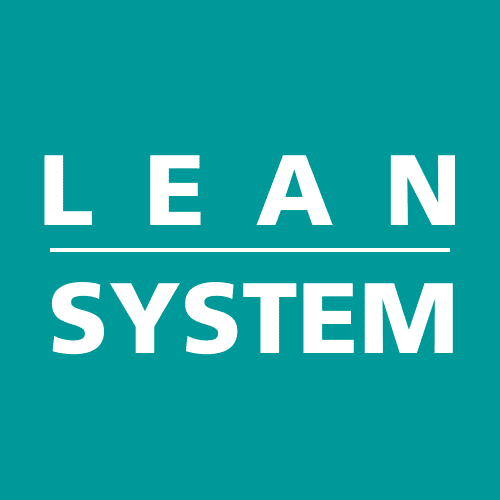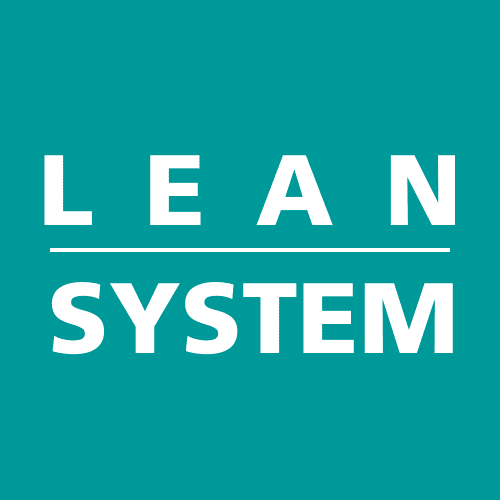The manufacturing industry is dynamic, and businesses must take proactive measures to stay ahead of the competition. One such method that has gained dominance in recent years is the PlanDoCheckAct ( PDCA) cycle. PDCA is a four-step problem-solving process that enables organizations to streamline their operations and achieve success. It involves planning, execution, monitoring, and continuous improvement. The PDCA cycle is widely used in the manufacturing industry and has proven to be an effective way of optimizing processes. By using PDCA, businesses can gain a competitive edge by identifying and addressing the root cause of problems, continuously improving processes, and increasing efficiency. In this article, we will explore the PDCA cycle and its relevance to the manufacturing industry. We will delve deeper into the four steps of PDCA, starting with understanding the PDCA cycle, the importance of planning, implementing PDCA in manufacturing processes, and the significance of continuous improvement. Our aim is to provide you with a thorough understanding of PDCA and how it can be applied to your manufacturing operations to achieve success.
Understanding the PDCA Cycle
The PDCA cycle, also known as the Deming cycle, is a four-step problem-solving process that is widely used in the manufacturing industry. The cycle consists of four stages: Plan, Do, Check, and Act. The PDCA cycle can help organizations improve their processes and achieve greater efficiency. The first step in the PDCA cycle is planning. In this stage, organizations identify the problem they want to solve and develop a plan to address it. The plan should include specific actions that need to be taken, timelines for completion, and key performance indicators (KPIs) to measure success. The second step in the PDCA cycle is doing. This stage involves executing the plan developed in the first stage. During this phase, organizations should make sure that they are implementing the plan as designed and collecting data to measure success. This data will be used in the next stage of the cycle. The third stage of the PDCA cycle is checking. In this phase, organizations review the data they collected during the previous stage to determine if the plan was successful in addressing the problem. The data should be analyzed carefully, and any insights gained should be used to improve the plan. If the data indicates that the plan was unsuccessful, the organization should revise the plan and begin the cycle again. The fourth and final stage of the PDCA cycle is acting. In this stage, organizations take action based on the insights gained during the previous stage. This may involve making changes to the plan or implementing a new plan altogether. The cycle then begins again, with the organization moving back to the planning stage. https://www.youtube.com/watch?v=QUeo5cuNrOY The PDCA cycle is a powerful problem-solving method that can be applied to a wide range of challenges in the manufacturing industry. By following the four-step process, organizations can identify areas for improvement, execute plans effectively, measure success, and make changes where necessary. The PDCA cycle promotes a culture of continuous improvement, allowing organizations to streamline their processes and stay ahead of the competition.The Importance of Planning in PDCA
Effective planning is crucial to the success of the PDCA method in the manufacturing industry. It sets the foundation for the entire cycle and ensures that the right actions are taken to streamline processes and increase efficiency. Without proper planning, the PDCA cycle cannot achieve its full potential. One of the primary benefits of planning in PDCA is that it allows organizations to identify potential pitfalls and roadblocks before implementation. This proactive approach helps to minimize risks and optimize results. It also helps to ensure that all stakeholders are on the same page and understand their roles and responsibilities throughout the cycle. There are various planning techniques that can be applied in the manufacturing industry, including SWOT analysis, value stream mapping, and process flow analysis. SWOT analysis helps organizations to identify their strengths, weaknesses, opportunities, and threats, while value stream mapping provides a visual representation of the flow of a product or service. Process flow analysis, on the other hand, breaks down a process into individual steps to identify areas for improvement. It is important to note that planning is an ongoing process. Organizations must continuously assess their operations and adjust their plans accordingly. This allows them to stay ahead of the competition and adapt to changing market conditions."Planning is bringing the future into the present so that you can do something about it now." - Alan LakeinUltimately, effective planning in PDCA leads to more streamlined and efficient processes in the manufacturing industry. It helps organizations to stay competitive, meet customer demands, and achieve long-term success. By embracing a continuous improvement mindset and making planning a priority, organizations can fully realize the benefits of the PDCA cycle.

